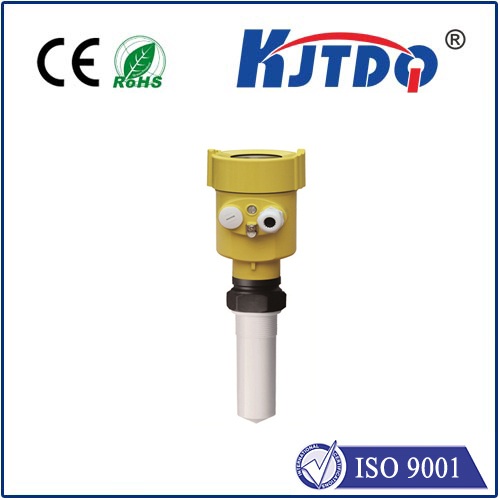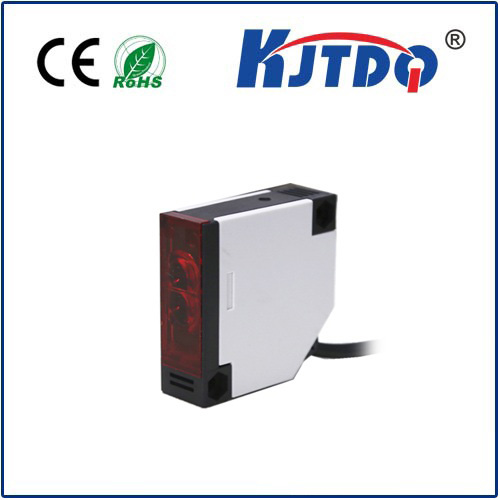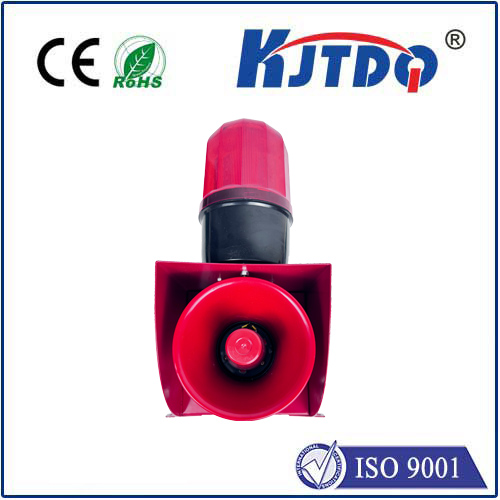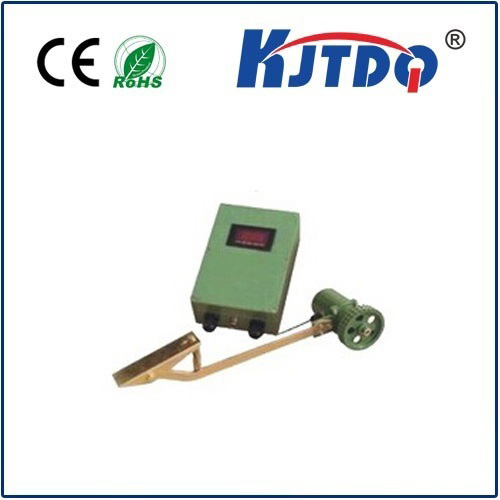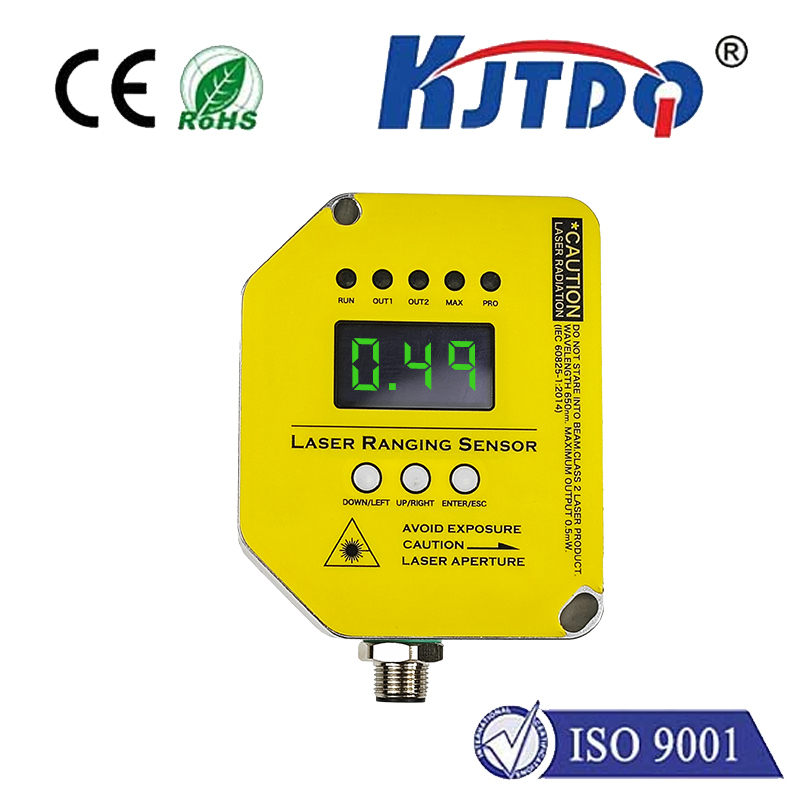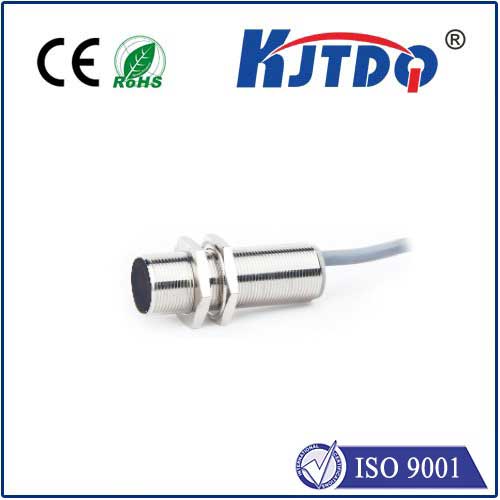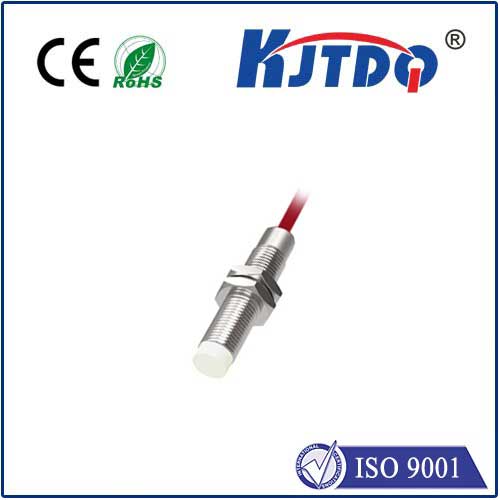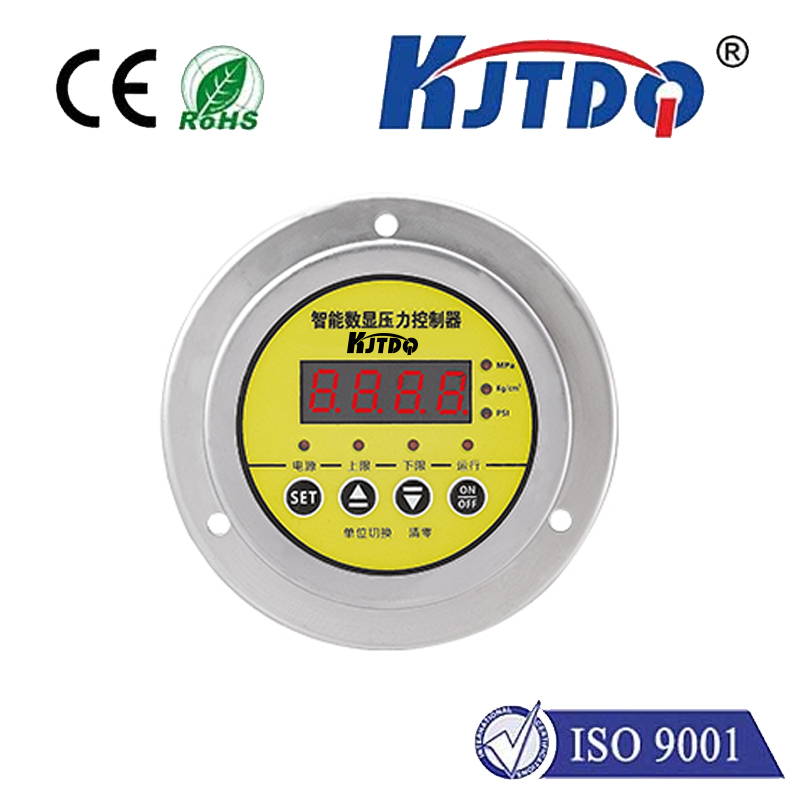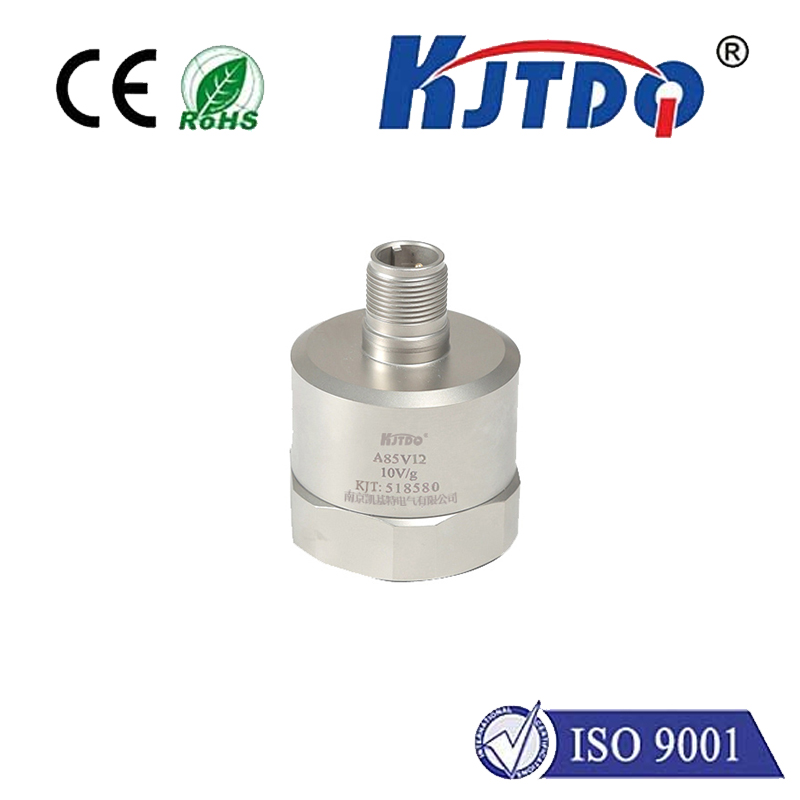
check

check

check

check
Title: Unlocking the Power of Proximity Detection with Westlock Proximity Switches
In the ever-evolving landscape of industrial automation and control systems, proximity switches have become essential components for detecting the presence or absence of objects, machinery movement, and position tracking without physical contact. Among the plethora of brands offering these devices, Westlock stands out for its commitment to innovation, reliability, and precision engineering. In this article, we delve into the world of Westlock proximity switches, exploring their features, benefits, and applications to unlock the full potential of proximity detection in various industries.
Westlock Proximity Switches: Features & Benefits
Westlock proximity switches are designed to cater to a wide range of applications, from simple object detection tasks to complex machine synchronization processes. These switches utilize different sensing technologies such as inductive, capacitative, ultrasonic, and photoelectric principles, each suited for specific operating conditions and requirements.
One key advantage of Westlock proximity switches is their ability to perform reliably in harsh environments. They are constructed with durable materials that can withstand extreme temperatures, shock, vibration, and dust or moisture exposure. This resilience makes them ideal for use in manufacturing facilities, automotive assembly lines, packaging machines, and other industrial settings where robustness is critical.

Another benefit of Westlock proximity switches is their accuracy. With precise sensing capabilities, they ensure minimal false positives or negatives, which is crucial for maintaining high efficiency and avoiding costly errors in automated systems. Their quick response times also contribute to faster cycle rates, enhancing overall productivity.
Moreover, Westlock offers a variety of models with different actuation distances, output configurations, and mounting options to adapt seamlessly to diverse installation scenarios. The company’s commitment to user-friendly design means that even operators without extensive technical expertise can easily install and maintain these switches.
Applications Across Industries
The versatility of Westlock proximity switches allows them to be implemented across numerous sectors where non-contact sensing is required. In the automotive industry, they play a vital role in monitoring conveyor belts, ensuring doors are properly closed on assembly line equipment, and detecting parts present during machining operations.
In pharmaceutical packaging, where cleanliness is paramount, Westlock's no-contact solutions eliminate concerns about contamination while accurately tracking product movement through production lines. Similarly, in food processing plants, these switches help maintain hygiene standards by avoiding direct contact with the products during inspection and sorting procedures.
For heavy machinery operators in mining or construction fields, Westlock proximity switches provide a reliable method for monitoring equipment positioning and preventing collisions or misalignments that could lead to downtime or safety incidents.
Embracing the Future of Proximity Sensing
As industries continue to embrace automation and smart technologies, the need for advanced sensing solutions like Westlock proximity switches will only increase. By integrating these switches into their systems, businesses can achieve greater operational efficiency, reduce maintenance costs, and improve worker safety.
Westlock's ongoing investment in research and development ensures that its proximity switches stay at the forefront of technological advancements. As new challenges arise in industrial applications, Westlock is poised to offer innovative solutions that meet evolving needs.
In conclusion, Westlock proximity switches stand as a testament to the power of precision engineering and reliability in the industrial realm. With their ability to perform flawlessly under pressure, adapt to varied applications, and integrate seamlessly into modern automation systems, these devices are more than just components; they are essential tools driving progress and excellence across industries. As we look toward a future where automation becomes increasingly prevalent, the role of Westlock proximity switches in shaping that future is undeniable.
